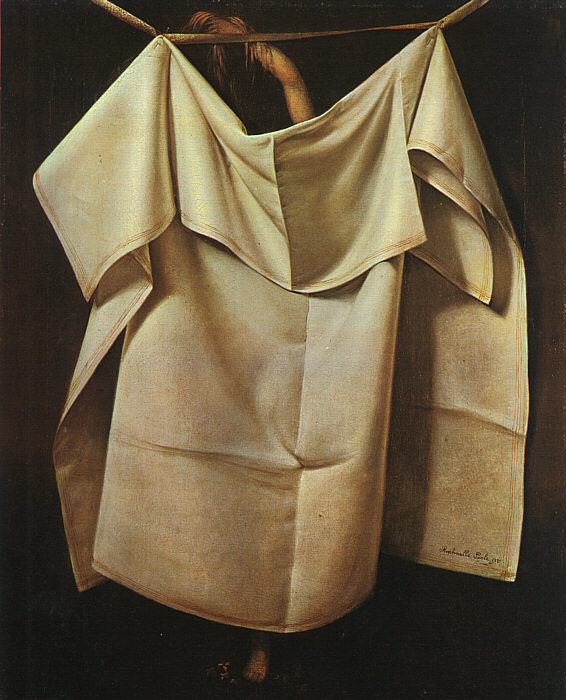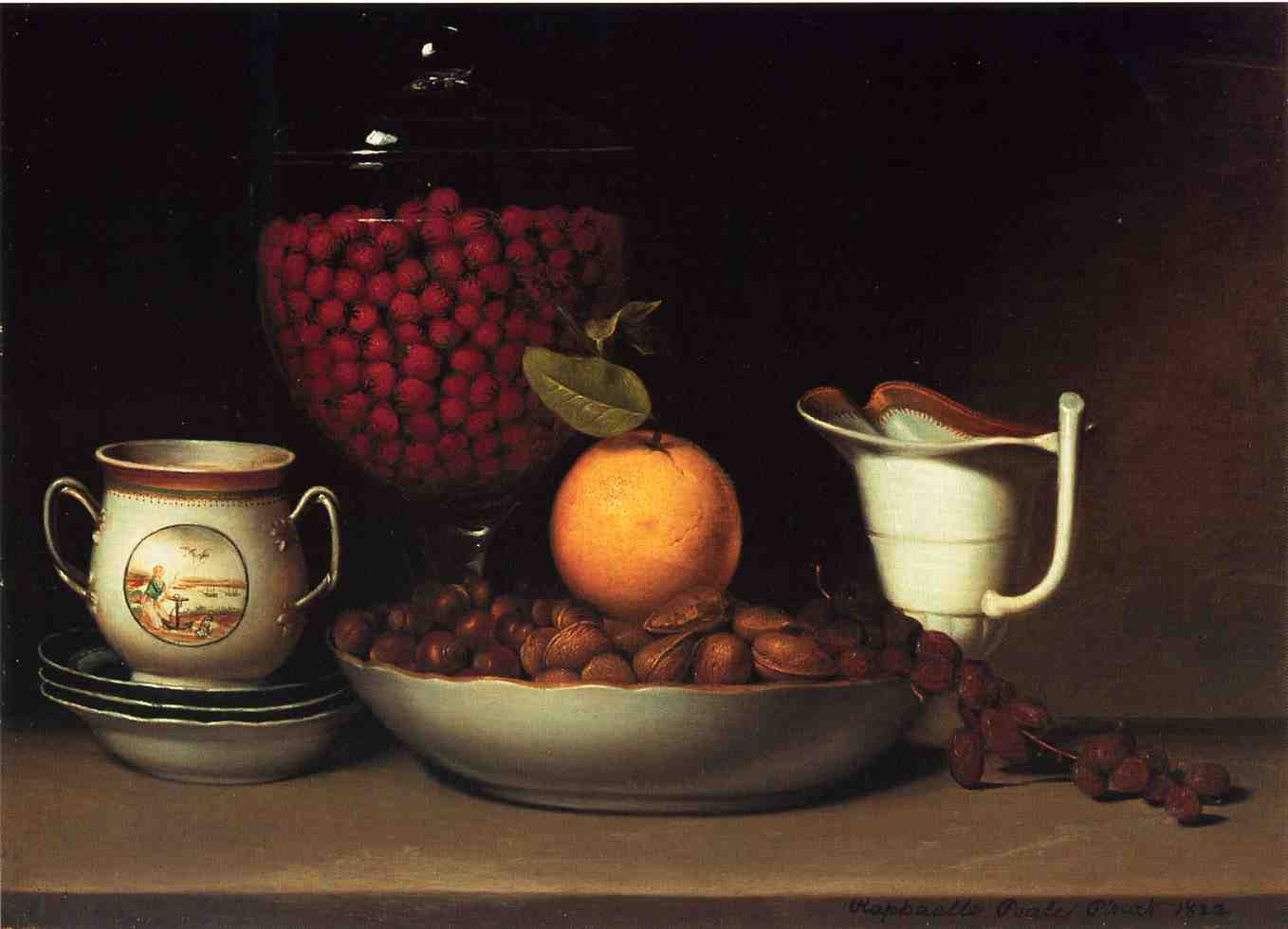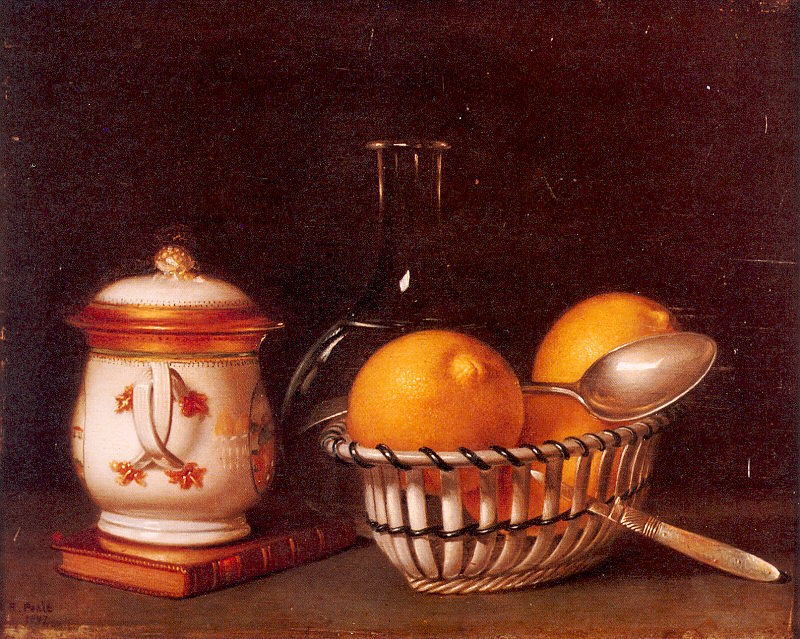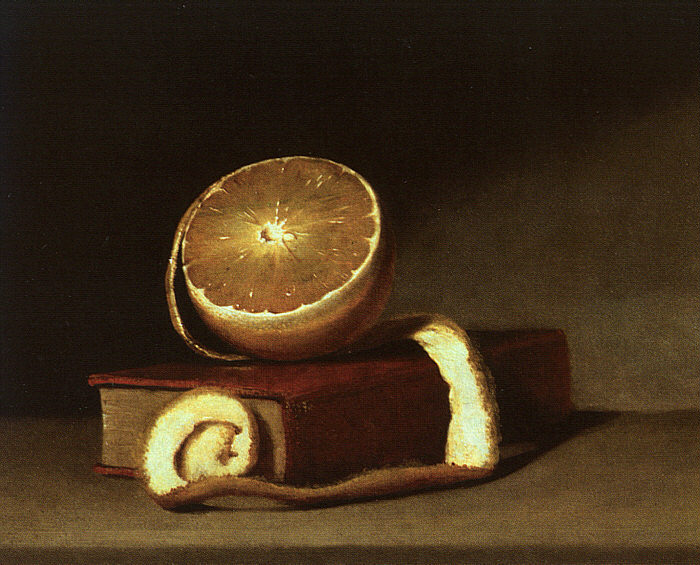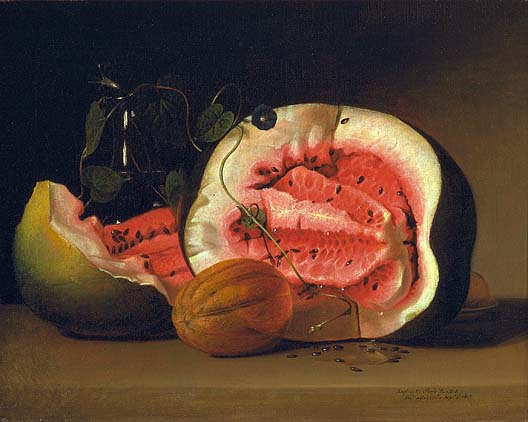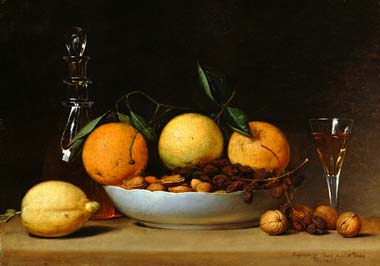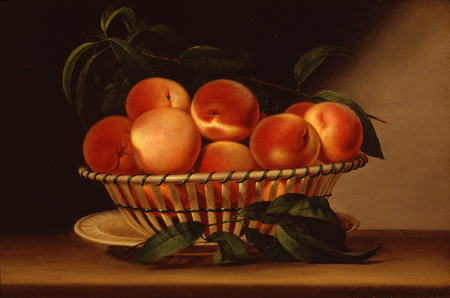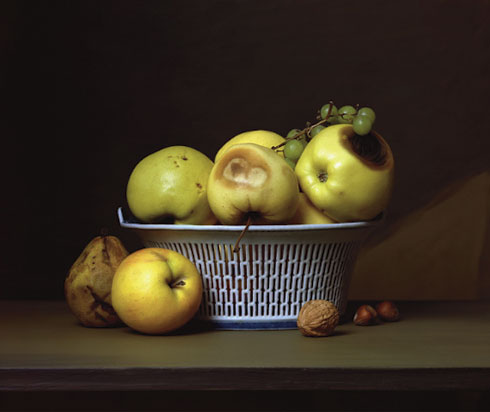<Back to Index>
- Physicist Otto Stern, 1888
- Painter Raphaelle Peale, 1774
- Politician André Maginot, 1877
Peale was born in Annapolis, Maryland, the fifth child, though eldest surviving, of the painter Charles Willson Peale and
his first wife Rachel Brewer. He grew up in Philadelphia, and spent his
life there in a home at the corner of 3rd and Lombard. Like his
siblings (all of whom were named after famous artists or scientists),
Raphaelle was trained by his father as an artist. Early in his career,
the pair collaborated on portraits. On some commissions, Raphaelle
painted miniatures while his brother, Rembrandt, painted full size portraits. In
1792, he made a trip to South America in order to collect specimens for
the Peale's Museum. His first professional exhibition was in 1795 at
the age of 21. In 1797, with his brother Rembrandt, he traveled to Charleston, South Carolina,
where they attempted to establish another museum. The plan fell
through, however, and Raphaelle returned to painting miniatures. He
married Martha (Patty) McGlathery at the age of twenty, and with her
had eight children. For about two years beginning in 1803, Peale toured
Virginia with the ‘physiognotrace,' a profile making machine, with
which he was briefly successful. In August 1808, he was hospitalized
with delirium tremens, exacerbated by severe gout. By 1813, he was unable to walk without crutches. After the downturn in his health, in an era when most artists considered still life a
subject worthy only of amateurs, he devoted himself almost exclusively
to still life painting. It is for these works he is best known.
Raphaelle Peale is today considered the founder of the American Still
Life school. His work was on frequent exhibit at the Pennsylvania Academy of the Fine Arts between
1814 and 1818. After reportedly indulging in a night of heavy drinking,
his health destroyed, he died on March 3, 1825 at age 51 at his home in
Philadelphia. Peale's
tightly grouped still lifes are often permeated with a delicate
melancholy akin to that which characterized the life of the artist; he
was an alcoholic who suffered the effects of arsenic and mercury
poisoning caused by his work as a taxidermist in
his father's museum. His spare, essential style may have been
influenced by the Spanish still lifes he studied in Mexico and by the
works of Juan Sanchez Cotan, exhibited at the Pennsylvania Academy in 1818.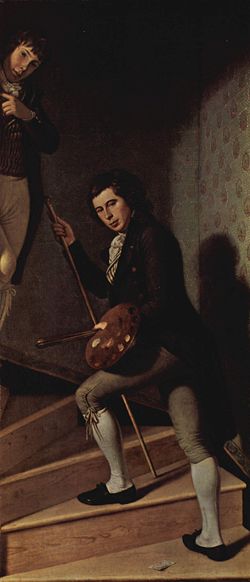
Raphaelle Peale (sometimes spelled Raphael Peale) (February 17, 1774 – March 25, 1825) is considered the first professional American painter of still-life.
